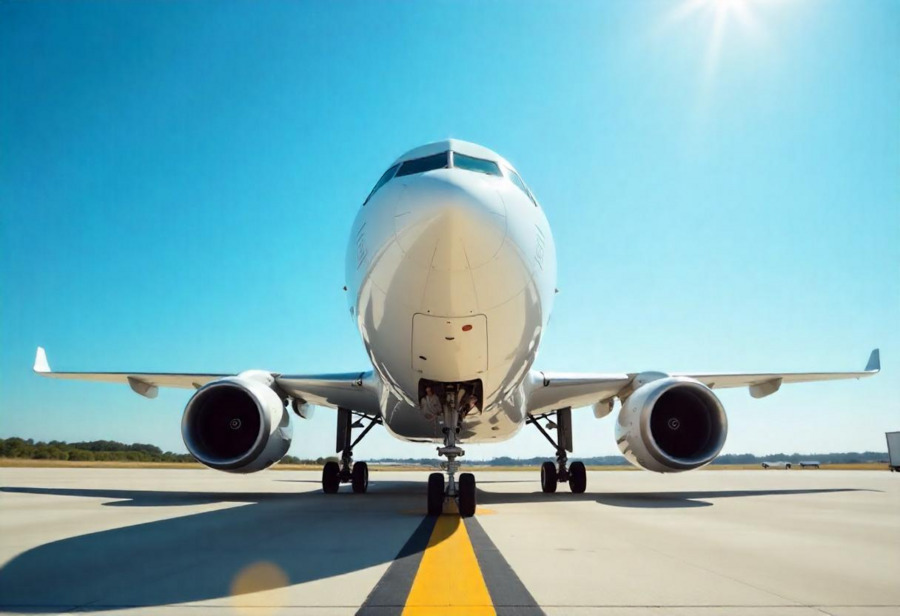Wednesday, May 14, 2025
Air Canada has significantly downgraded its annual profit forecast after experiencing a steep drop in U.S.-bound travel, driven by escalating political tensions, new American trade tariffs, and controversial rhetoric from U.S. leadership. The decline in cross-border demand, compounded by a weakened Canadian dollar and severe winter disruptions, has not only caused the airline to miss revenue expectations for the first quarter of 2025 but also prompted a strategic shift toward expanding international routes in Europe and the Asia-Pacific region to stabilize future earnings.
Air Canada has updated its financial outlook for the year, citing a notable decline in demand for travel to the United States, the depreciation of the Canadian dollar, and multiple operational disruptions. These challenges have also led the airline to fall short of its revenue expectations for the first quarter of 2025, underscoring the mounting pressures facing the aviation sector.
The airline announced a downward revision of its full-year adjusted EBITDA forecast, now projected between C$3.2 billion and C$3.6 billion, down from the earlier range of C$3.4 billion to C$3.8 billion. This adjustment reflects a slower-than-expected start to the year, impacted by weakened travel demand and broader economic headwinds.
Air Canada reported first-quarter revenue of C$5.19 billion, marking a one percent year-over-year decline. This figure fell short of market expectations, which had placed revenue closer to C$5.29 billion. Despite relatively strong ticket prices, the airline experienced a drop in overall passenger volumes.
A significant factor behind the underperformance lies in the sharp decline of U.S.-bound travel from Canadian residents. This downturn has been linked to deteriorating bilateral relations, fueled by heightened trade tensions and controversial rhetoric. As a result, many Canadians have opted to cancel or postpone trips to the United States, contributing to a measurable decline in cross-border travel activity.
Industry data supports this shift, with projections indicating a ten percent decrease in U.S.-bound bookings over the next six months. This trend, already visible in the airline’s performance, points to a larger pattern of consumer hesitancy amid geopolitical uncertainty.
Operationally, Air Canada has also faced disruptions that further strained performance. Severe winter storms across Eastern Canada earlier in the year led to widespread cancellations and delays. In addition, a runway closure at a major airport caused by an aircraft incident limited flight operations and placed additional pressure on the airline’s network.
Despite these hurdles, the airline continues to prioritize its long-term financial objectives. It remains committed to achieving C$30 billion in annual operating revenue by 2028. To reach this goal, the airline is investing in fleet renewal, customer experience enhancements, and digital innovation, even as it contends with inflation and volatile exchange rates.
A key issue impacting margins in 2025 is the rising cost of aircraft components. Trade disputes have led manufacturers to increase prices, passing those expenses on to airline customers. As a result, Air Canada faces higher maintenance costs and tighter profit margins.
In terms of financial performance, the airline recorded an adjusted loss of C$0.45 per share for the first quarter. While this loss was deeper than the C$0.27 per share loss reported a year earlier, it was still better than expected. Analysts had anticipated a steeper decline, estimating a loss of around C$0.54 per share. The airline credited strong cost management measures for cushioning the impact of reduced revenue.
The revised forecast sheds light on the fragile relationship between economic conditions and consumer travel behavior. Political instability, extreme weather, and supply chain challenges have converged to place intense pressure on airline operations.
In response, Air Canada is placing greater emphasis on restoring traveler confidence and diversifying its route network. With U.S. travel demand weakening, the airline is actively expanding its presence in European and Asia-Pacific markets. This shift aims to reduce dependence on North American routes and build a more balanced global portfolio.
As part of its growth strategy, the airline is modernizing its fleet with more fuel-efficient aircraft to reduce operating costs and meet sustainability goals. It also plans to enhance the passenger experience by upgrading in-flight services, launching improved digital platforms, and expanding loyalty program benefits to attract and retain customers.
Looking ahead, the airline must strike a careful balance between managing economic volatility and responding to evolving travel trends. Flexible route planning, competitive pricing, and cost efficiency will be crucial as the airline adapts to global market dynamics.
The decision to cut its annual profit forecast follows a significant drop in demand for U.S. travel, exacerbated by political tensions, trade barriers, and currency pressures. This has led Air Canada to redirect its growth strategy toward more promising international markets.
Air Canada cut its annual profit forecast after a sharp decline in U.S. travel demand triggered by political tensions, trade tariffs, and a weaker Canadian dollar, prompting the airline to shift focus toward international markets.
In summary, the airline’s revised outlook reflects the broad spectrum of challenges confronting the aviation industry in 2025. Cross-border travel weakness, fluctuating exchange rates, and rising operational costs have created a difficult environment. Yet, the company continues to pursue long-term growth through diversification, innovation, and disciplined financial planning.
